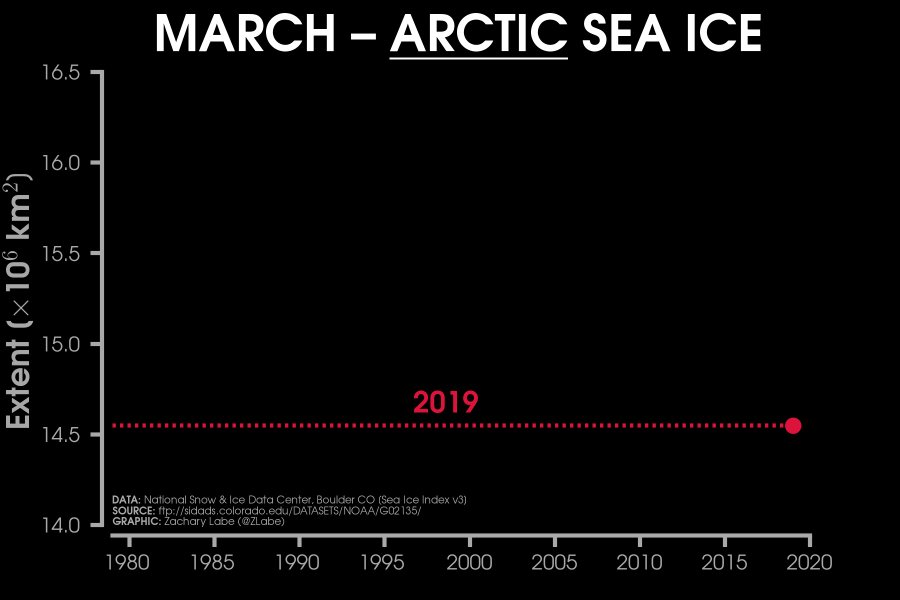2 Indigenous leaders explain why they are on opposing sides of the Trans Mountain debate
 By Amanda Connolly National Online Journalist (Politics) Global News
By Amanda Connolly National Online Journalist (Politics) Global NewsThe expansion of the Trans Mountain pipeline remains a point of contention for many Canadians.
But there is also division on the issue within one key group of stakeholders in the project — Indigenous Canadians.
READ MORE: Trans Mountain pipeline still top priority for feds despite deadline extension, says transport minister
Over recent weeks, those differences of opinion regarding how — or if — the project should proceed have come under the spotlight, after the B.C. Union of Indian Chiefs issued a letter critical of the plan by the Indian Resource Council of Canada to purchase a 51 per cent stake in the expansion project.
In that letter, Chief Kukpi7 Judy Wilson, secretary-treasurer of the B.C. Union of Indian Chiefs, wrote along with Grand Chief Stewart Phillip that the expansion project is not viable because of opposition to it from other First Nations communities along the proposed route, and also stressed it wasn’t worth the money.
WATCH BELOW: Protesting grandpa climbs tree to stop Trans-Mountain pipeline

“There are good reasons why Kinder Morgan chose to walk away from this project and you should carefully consider them before investing your Nation’s money,” she wrote in the open letter to other First Nations leaders. “We believe that the government has clearly overstated both and their decision to invest in this project was clouded by their short-term political needs.
“We urge you not to make the same mistake and to carefully consider the enormous environmental, social, legal, and political ramifications before committing to this project,” the letter continued, arguing the pipeline could become a “stranded asset” as oil sector giants like Shell, Cononco-Phillips, and Statoil sell off their holdings.
Speaking on the West Block, Wilson reiterated those concerns, arguing that “as long as there is one nation saying no to the pipeline, it cannot be built.”
But Natural Resources Minister Amarjeet Sohi said the opposite in an interview with the West Block earlier this year, stressing no one community will have a veto.
WATCH BELOW: No community will have veto over Trans Mountain expansion, Sohi says

Stephen Buffalo, president and CEO of the Indian Resource Council, however, argued that the project and its potential revenues could offer a valuable means of investing in communities that are underfunded by the federal government.
“How we get out of poverty, how we adjust those social issues in our communities, is looking at investments such as this as infrastructure,” he said.
“So when the federal government purchased the TMX [Trans Mountain expansion project], it presented an opportunity — a door — for our First Nations to look at possibly owning the pipeline.”
READ MORE: Jason Kenney cites ‘deep frustration’ as Alberta’s ‘turn off the taps’ law proclaimed
Prime Minister Justin Trudeau’s government purchased the existing Trans Mountain pipeline and associated infrastructure one year ago for $4.5 billion.
That came after Kinder Morgan walked away from its plans to triple the capacity of the pipeline through an expansion.
Fierce opposition has dogged the project since the start, with environmental advocates arguing the risk of a spill along B.C.’s coast is just too great.
And although the expansion was approved federally in 2016, the NDP and Green Party coalition in B.C. has repeatedly taken steps to block the project.
Construction is currently stalled, though, because of a Federal Court injunction last summer that said there was inadequate environmental assessment of the marine impacts of the project and not enough Indigenous consultation.
WATCH BELOW: New Alberta premier talks about “turning off the taps” for B.C.’s gas supply

While the additional environmental assessment has since wrapped up, renewed consultation with the 117 Indigenous communities along the pipeline route continues.
Buffalo said he trusts the federal government under Trudeau as a partner in the project and that things in Indigenous communities cannot continue as they are.
“We need to find balance between economic development and environmental conservation. You look around this area,” said Buffalo, who is a member of the Samson Cree Nation of central Alberta and whose organization is based on the Tsuu T’ina Nation in southwestern Alberta.
“Look at the water. You know that that’s paramount for First Nations and that’s for everyone. But in the same sense, we can’t continue to live in the conditions that our communities are in.”
The federal government last month pushed its deadline for making a decision on the future of the project.
The new date for a decision is June 18.
© 2019 Global News, a division of Corus Entertainment Inc.

























